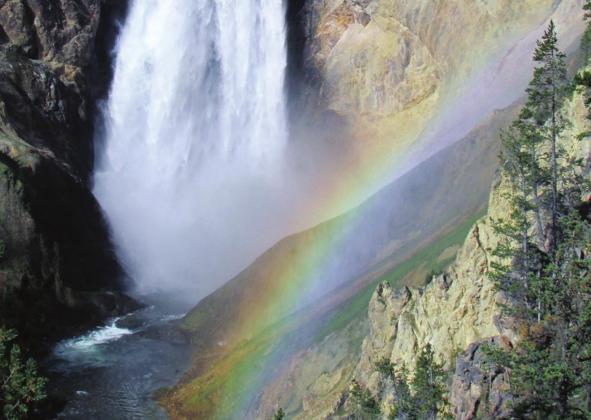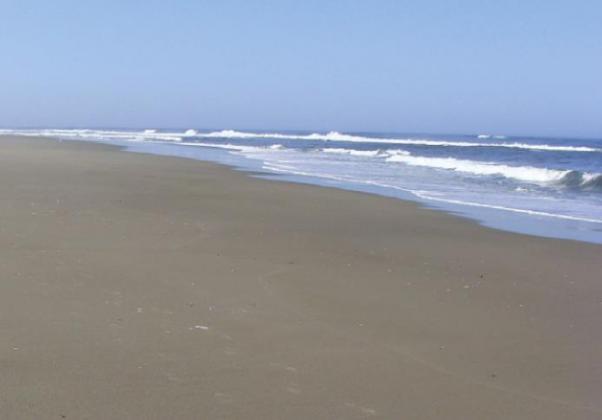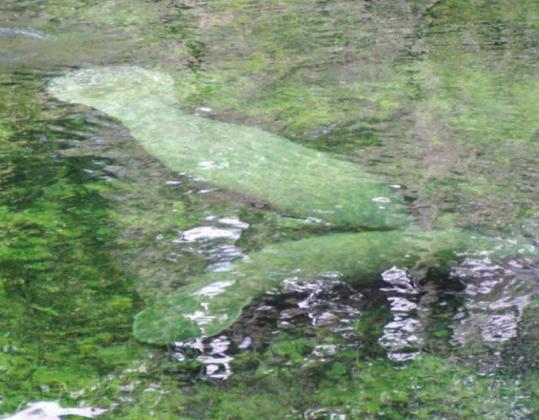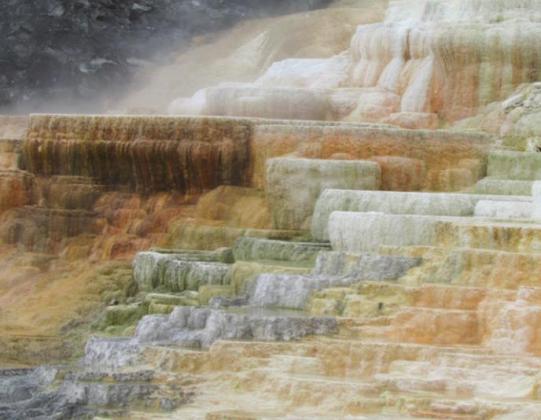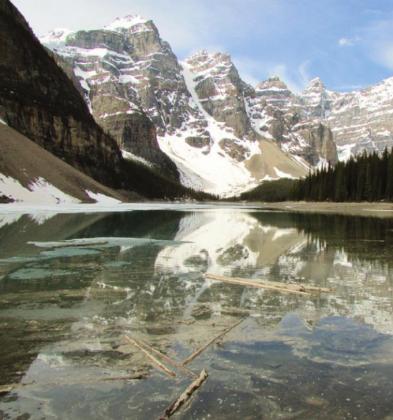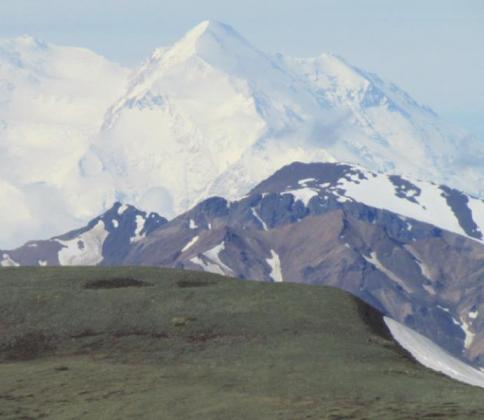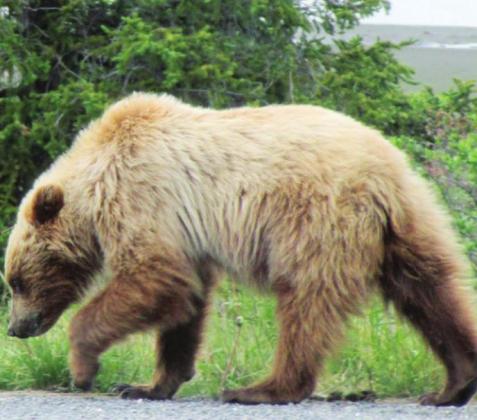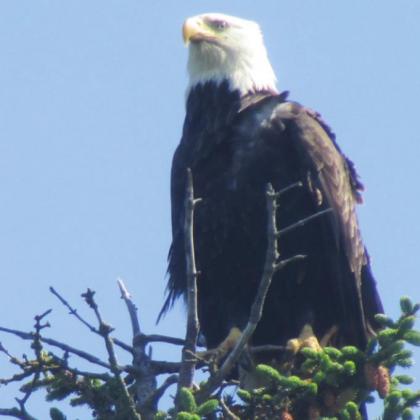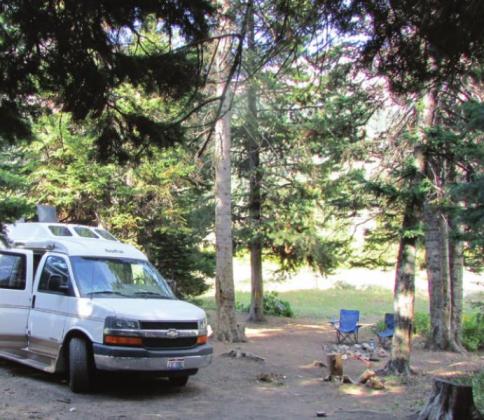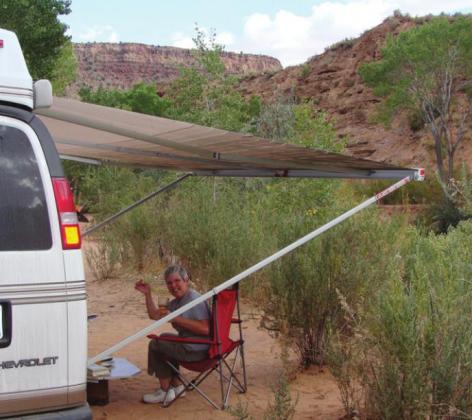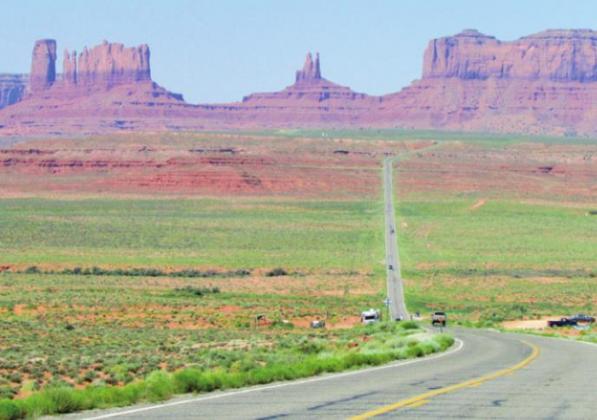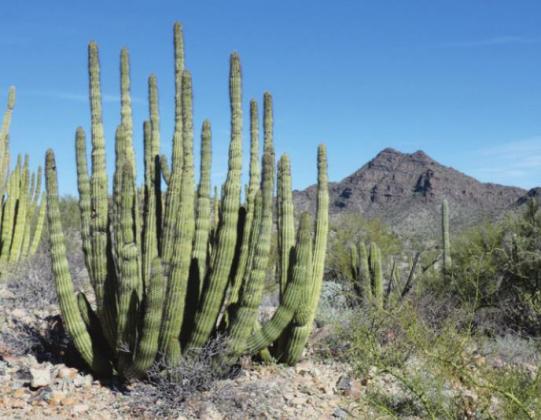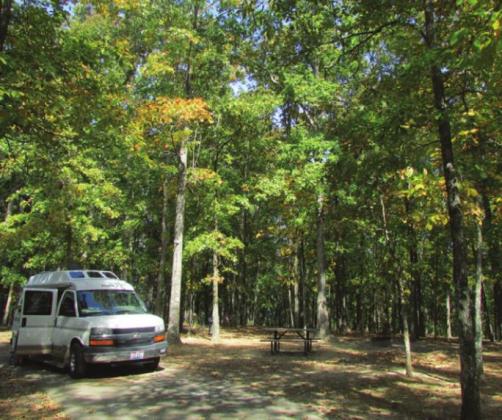Where should we camp?
SHIRLEY AND I HAVE BEEN campers since 1975, first in tents and then an RV. Our favorite places to visit have always been the national parks because they are such splendid repositories of magnificent scenery, wildlife, and historical and cultural significance. Still, our camping is not limited to the national parks because there is a wide range of other attractive options. Even in the national parks, some places are more desirable than others. Sometimes you learn where to camp by first learning where not to camp.
On our first visit to Everglades National Park, for example, we took a site at Flamingo Campground, right on Florida Bay. We chose Flamingo at the far end of the park road because of the water-front location, the manatees, the boat tours into the mangrove estuary, plus the gators, roseate spoonbills, ibises both white and glossy, and huge flocks of various herons and egrets. But the population of mosquitoes drove us to Long Pine Key Campground where our experience turned out to be superior in every way. But you would not have guessed that from studying the park map. Besides, we have never read any park literature that said “Don’t come here.”
The national parks have always been popular—even when only the Victorian “leisure class” had the time and resources to visit them. Now the parks are available to virtually all Americans and busloads of people from other countries. “Available” does not mean “easy to get into.” When we went to Yellowstone for the first time in 1985, there was a long line of campers at Grant Village. By getting in line early, I managed to get the very last site. In those days I was not aware that “early” means be there at 6:00 for the 8:30 opening. The national parks now offer res
The national parks now offer reservations, but this, too, is something I failed to understand. Reservable sites get booked as soon as they become available, but there are non-reservable sites whose status you have no way of checking. The reservations website or phone staff may say the campground is full, but that only means all the reservable sites are taken. They have no way of tracking the status of the non-reservable possibilities at the same campground that may be half of the total.
On our way to Alaska, we paused for a week at Yellowstone. Both the website and Steve on the phone said there were no sites at Canyon Village—highly desirable because of its central location. So we headed to Mammoth Campground in the northwest corner of the park because it is first-come-first-served. Just in case someone had canceled, we pulled into Canyon Village anyway. A nice volunteer from Shaker Heights said, “Oh, we have lots of sites.” Steve wasn’t lying, he just had no way of knowing. But at least he might have said that.
From Yellowstone we continued to Alaska with stops at the Canadian national parks in the Rockies (Kootenay, Banff, and Jasper) on our way to Mile 0 of the Alaska Highway at Dawson Creek, British Columbia. It is only another 1,387 miles to Delta Junction, AK. Along the AK Highway in Canada, we stayed at a number of provincial parks that ranged from quite primitive to almost civilized. None of them required reservations, and not one was full. But the most popular “campground” in all of the Yukon was undoubtedly the parking lot of the Walmart in Whitehorse. Since then, permission to overnight at that particular Walmart has been suspended—probably because it was full of campers who left little room for regular customers.
In Alaska, we had reservations at Denali NP for a week because we had planned well in advance for the trip of a lifetime. You already know that Alaskan scenery and wildlife are simply amazing. As campers we had the luxury of waiting three days for Mt. Denali to emerge from its self-generated cloud bank. Tour groups visiting for only a day have about a 30% chance of seeing one of the most awe-inspiring attractions on their entire trip.
The 92-mile ride on a big green bus to see the mountain was an adventure in itself. Bears, both black and grizzly, moose, Dall sheep, foxes, marmots, eagles. So many caribou that the driver said we were not stopping for any more pictures unless they were actually blocking the road. Which they promptly did.
When we decided to repeat that “once-in-a-lifetime” experience, it was already too late to get reservations at Denali. Still, as at Yellowstone, we pulled into the park just in case there was a cancellation or a non-reservable site. The park staff laughed. Even so, from the highway and the adjoining state park, we could see Denali way over there on the horizon. I’m pretty sure, anyway, that white blip was Denali.
A key thing we had learned on our first trip to Alaska is that reservations are rarely necessary. (Mt. Denali is an exception because it is so far off the highway.) In Alaska, the highways themselves can be your campgrounds. That is, there are numerous long, wide pullouts where you are free to spend the night. (The Canadians, in contrast, highly discourage this Wild West behavior by crazy Americans.) Some of our very best memories are of nights right at Matanuska Glacier, within feet of Horsetail Falls, and just downstream from Exit Glacier in Kenai Fjords NP. At Exit, we stopped along the river and watched a moose cross as we celebrated cocktail hour. Later we were joined for the night by 13 other RVs.
We used actual campgrounds, though, at places like the Homer Spit five miles out in Katchemak Bay, on Prince William Sound at Seward, on Turnagain Arm at Hope, and at Anchor Point notable as the farthest west in the US you can get on a paved road. The real attraction on the Point, though, is the number of eagles that come to feast on salmon. Several perched right over our heads at the campsite.
In the Lower 48, the closest thing to Alaska-style camping anywhere you want is called boondocking—camping without a campground. (During Covid, boondocking is the ultimate in social distancing.) If you have a self-contained RV, there are tens of thousands of potential free camping options throughout the West. A quick glance at your atlas will reveal that almost all the western national parks are ringed by national forests and Bureau of Land Management property where both boondocking and actual campgrounds are available. This is especially handy when the nearby national park is full because you arrived too late in the day as happened at Zion. The ranger at the gate said, if we didn’t mind camping for free, we could just park along the Virgin River. Our standard practice when visiting the Tetons is to spend the night before at Warren Bridge, a BLM site about an hour away. In the morning, we can be at Gros Ventre Campground just as campers are vacating sites.
Another form of boondocking is to park at businesses that allow RVers to spend the night. Our favorites are Cracker Barrels and Walmarts. Staying right off the interstate is really convenient. Feel like stopping early? There’s a Walmart or Cracker Barrel at the next exit. Feel like continuing for another hour or two? Same rule applies. Cabela’s, Bass Pro, and Camping World will sometimes allow overnight stays in their huge lots. In some states, you can overnight in rest areas.
But how do you know where it is both permitted and safe? Not all Walmarts are created equal. Some are in questionable areas; others have small, busy parking lots that slope steeply. Shirley and I use the phone apps Campendium (free) and All Stays ($10 but good forever). They list all the federal lands, state parks, city/county parks, military parks, and independent campgrounds as well as RV-friendly businesses. Both apps have candid user reviews with prices and descriptions of amenities.
We find the apps especially helpful when the weather suggests that we might want to pay for electric hookups in order to run the RV air conditioner. At Monument Valley, for example, it was 104. One of us tends to get grouchy when it is over 90. Or even 70. Power for the AC may not have saved our lives, but it probably saved our marriage. Temporarily anyway.
Our first choice when we need hookups is a Corps of Engineers campground. They are universally well designed and have features we appreciate: pull-through and back-in sites that are level and easy to get into; well-maintained rest rooms and showers; coin laundries. Because the COE builds and operates flood-control dams, their campgrounds are usually at attractive lake-front locations.
At COE and more than 2,000 other federal recreation areas, we are glad to have the Senior Pass, formerly called America the Beautiful Pass. Our beloved geezer pass provides free access plus 50% off camping fees if you are 62 or older for the rest of your life for only $80. After the entrance fee at just one park and a couple nights camping, the pass has paid for itself. Everything after that is gravy. We are still dabbing the gravy off our chins. Do a web search for national parks senior pass while you are still young enough to enjoy being a senior. Eventually you will accept the fact that you are the same age as old people.
If you are not yet a senior, $80 will buy an annual pass with similar benefits. So, how much would you be willing to pay to get your family into Yellowstone and get half-price camping? Entry for seven days is $35 per vehicle, and nightly camping fees are $15 to $32. Do the math. When we had a young family, our vacations included a couple dozen national parks from Acadia to Zion.
There are also ways to save on state parks where your federal pass is not accepted. Texas and New Mexico, for example, have passes that provide steep discounts on entry fees and camping. Before your next trip, a web search can tell if the states you are headed to have discount programs.
Shirley and I prefer the kinds of campgrounds mentioned above because we enjoy scenic wonders, wildlife, hiking, fly fishing, and peaceful solitude. These are not priorities for everyone. Many families look for commercial campgrounds that have swimming pools, free Wi-fi, recreation halls, and playgrounds for the kids. Luxury RV resorts cater to people who insist on a plethora of amenities and a stimulating social life. There are RV clubs that sponsor caravan tours so members can stay at prebooked sites every night and enjoy the company of fellow RVers going to the same place. Just because we do not choose these options doesn’t mean they might not be right for you.
Bottom line: I can’t tell you where you should camp, only that there is a far wider range of options than you may be aware of. Finding out what fits your preferences can make camping just a walk in the park.
LeMoyne Mercer is the travel editor for Healthy Living News. There is limited space here for LeMoyne’s photos. You might want to see more at anotherwalkinthepark.blogspot.com. Please leave comments on the site.

